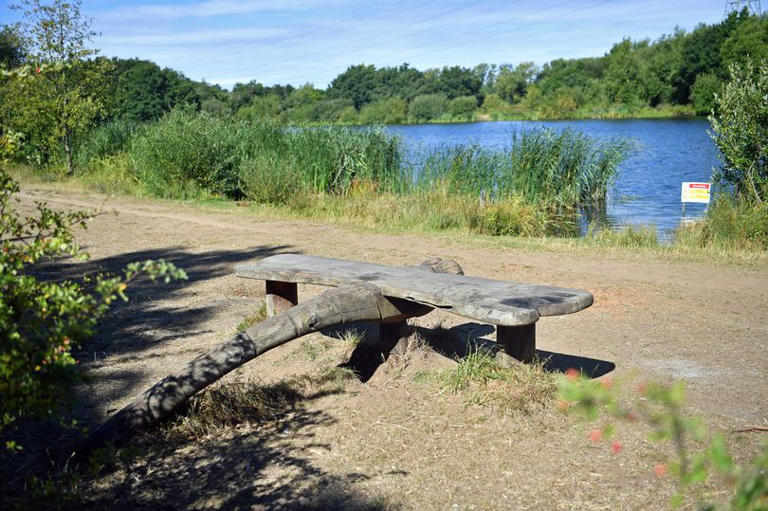Journey through Surrey's finest pubs, from historic inns to award-winning gastropubs, and uncover where your next memorable pint awaits.
Residents of Guildford and nearby areas are urgently being warned to exercise caution after a popular walking spot has been identified as a hotspot for a dangerous type of algae. This particular strain of algae poses a severe threat to dogs, and its presence has sparked considerable concern amongst pet owners and local authorities.
Algal Bloom Threatens Beloved Local Walking Trails
A recent survey conducted by environmental experts has confirmed the presence of harmful algal blooms at a well-frequented walking location in Guildford. The algae, known scientifically as cyanobacteria, can cause devastating effects on canine health if ingested or even merely encountered. Pet owners are being urged to remain vigilant when visiting this area, keeping their dogs on leads and away from water bodies that may host these toxic blooms.
Dr. Jane Roberts, a microbiologist specialising in aquatic ecosystems, expressed her concerns: "Cyanobacteria, commonly referred to as blue-green algae, are notorious for producing toxins that can be lethal to dogs within mere hours of exposure. This situation demands immediate caution and responsible behavior from pet owners."
A Dual Threat: Skin Rashes and Ingested Illnesses
The perils posed by the algae extend beyond ingestion. Physical contact with contaminated water can result in severe skin reactions, with rashes frequently emerging post-exposure. For humans, these rashes can cause discomfort, but for dogs, the consequences are significantly graver.
Veterinarian Dr. Michael Smith elaborated, "Dogs may develop symptoms such as vomiting, diarrhea, staggering, convulsions, and even respiratory failure. The speed at which these symptoms can escalate makes it imperative for owners to seek veterinary assistance immediately if they suspect their pet has been affected."
Community Alert and Call for Preventive Measures

Local authorities have responded swiftly, cordoning off areas identified with high concentrations of the algae. Warning signs have been installed, and information leaflets are being distributed to inform the public about the risks and necessary precautions.
Councillor Laura Whitfield addressed the community: "Public safety is our top priority. We strongly advise avoiding any interaction with water bodies in the affected zones and strictly adhering to the posted guidelines. Regular notifications will be issued to keep everyone informed about the progress in managing this issue."
Preventive Steps and Ongoing Monitoring
Efforts are underway to monitor the algal bloom and mitigate its spread. Environmental agencies are working in tandem with local councils to conduct regular water testing and implement measures to prevent recurrence. Pet owners are encouraged to stay updated through official channels and report any sightings of suspicious algae accumulations.
In the meantime, simple preventative steps can help safeguard your pets:
- Keep dogs on leads when near potentially contaminated water.
- Avoid letting pets drink or swim in stagnant or algae-affected water.
- Watch for warning signs posted in recreational areas.
- If a dog comes into contact with the algae, rinse them thoroughly with clean water and seek veterinary advice immediately.
Conclusion
While the situation remains under control, the discovery of harmful algae in a beloved Guildford walking spot underscores the importance of community vigilance and prompt action. As investigations continue and remediation efforts take effect, the safety of both pets and their owners remains a paramount concern.
Stay tuned to local news outlets for further updates and adhere to all prescribed safety measures during your outdoor adventures. Your proactive cooperation is crucial in ensuring the wellbeing of our cherished four-legged friends.